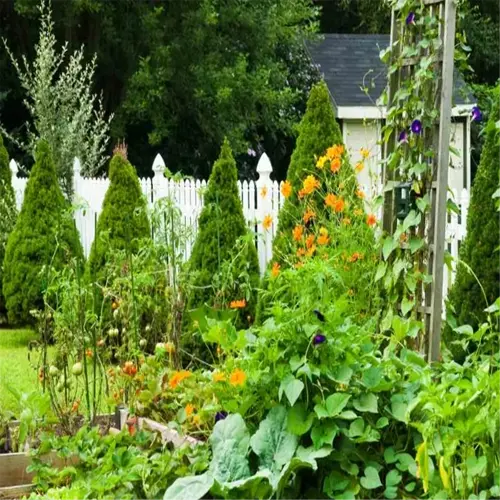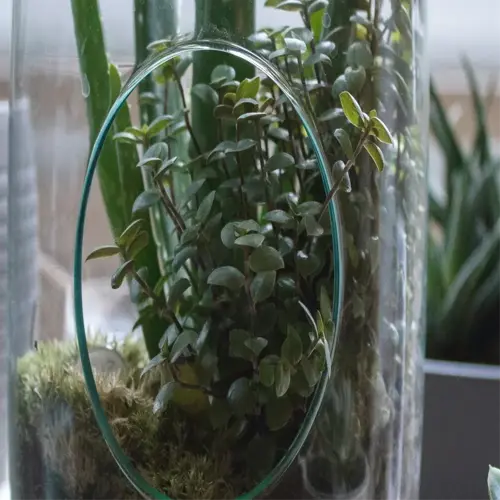What initial signs indicate a plant is getting too much water?

Written by
Paul Reynolds
Reviewed by
Prof. Charles Hartman, Ph.D.Signs of overwatering are often subtle before significant damage has occurred. A consistent yellowing on lower leaves is often the first sign of trouble and is different from nutrient deficiencies that cause the yellowing to appear on the veins of the leaves. Prolonged set water, or moisture or wet soil for more than five days, suffocates the roots with water saturated in the soil.
An edema blister occurs when a plant pushes more moisture into the cells of a leaf than it can transpire, causing raised pockets of watery fluid. Edema damage can be distinguished from damage caused by having been eaten by insects, having transparent blisters, and not bite marks. Eventually, blisters break open and develop corky scars, severely limiting the ability of the plant to photosynthesize as transpiration continues to be limited.
Early Symptoms
- Lower leaves yellow uniformly within 72 hours
- Soil surface develops white mold patches
- Stems lose structural rigidity near soil line
Soil Checks
- Test moisture at 2" depth with wooden stick
- Clay soils remain damp 7+ days post-watering
- Sandy mixes should dry within 3 days
Root Inspection
- Healthy roots: white/yellow and springy
- Rotted roots: black with slime coating
- Foul odor indicates anaerobic conditions
Recovery Steps
- Suspend watering for 7-10 days
- Repot using 30% perlite amended soil
- Apply hydrogen peroxide drench (3% solution)
Taking preventive measures is more effective than fighting fires. I recommend to clients that they document watering dates and watering responses for plants in a notebook or journal. I had a client with a monstera plant that showed no signs of problems, but there was over 40% root rot. Their journal helped me realize and fix the situation.
Read the full article: 7 Key Signs of Overwatering Plants to Spot Early

